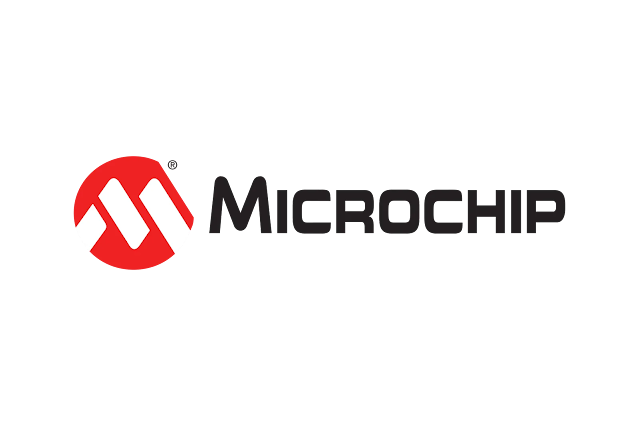The Revolution of Microchip Technology: Paving the Way for a Smarter Future
Introduction
In the ever-evolving landscape of modern technology, microchips play a central role as the unsung heroes powering our electronic devices and systems. These tiny marvels, also known as integrated circuits, have become an integral part of our daily lives, driving innovation and enabling a world of smart devices, from smartphones and laptops to smart home appliances and even spacecraft. In this article, we will explore the world of microchip technology, its evolution, applications, and the transformative impact it has had on our lives.
The Birth of Microchip Technology
Microchip technology, like many great innovations, had humble beginnings. In 1958, Jack Kilby and Robert Noyce independently developed the concept of the integrated circuit, paving the way for the microchip's birth. Kilby's approach involved creating a chip with all its components on a single piece of semiconductor material, while Noyce's method utilized a more practical approach by fabricating the components separately on a silicon wafer. Both methods were groundbreaking and led to the development of the modern microchip.
The Evolution of Microchips
Over the decades, microchip technology has undergone a remarkable evolution, making it smaller, faster, and more powerful. Moore's Law, coined by Gordon Moore, co-founder of Intel, predicted the doubling of transistor density on integrated circuits every two years. This prediction has held true for several decades, leading to an exponential increase in the capabilities of microchips. Today, microchips are fabricated using advanced semiconductor processes, allowing billions of transistors to fit on a single chip, with feature sizes measured in nanometers.
Applications of Microchip Technology
Microchips have found applications in almost every aspect of our lives. Here are some key areas where microchip technology has made a significant impact:
Computing: Microchips are the heart of every computer, from desktops to laptops and servers. They enable processing, memory, and connectivity, allowing us to perform complex tasks, from video editing to running artificial intelligence algorithms.
Communication: Mobile phones, tablets, and the internet rely on microchips to transmit and receive data. 5G technology, which promises faster and more reliable connectivity, is powered by advanced microchips.
Healthcare: In the medical field, microchips enable advancements in diagnostics, monitoring, and treatment. They are used in devices like pacemakers, medical imaging equipment, and laboratory analysis tools.
Transportation: Modern vehicles are equipped with microchips that control engine performance, safety features, and entertainment systems. Self-driving cars also heavily rely on microchips and sensors for navigation.
Smart Devices: Smart homes and the Internet of Things (IoT) depend on microchips to connect and control various devices like thermostats, security cameras, and smart speakers.
Aerospace and Defense: From satellite navigation systems to missile guidance, microchips are critical for the aerospace and defense industries.
The Future of Microchip Technology
As technology continues to advance, so does microchip technology. Some trends and future prospects in this field include:
Quantum Computing: Quantum computers, based on quantum bits or qubits, hold the promise of solving complex problems that are currently beyond the capabilities of classical computers. Microchips for quantum computing are in development and have the potential to revolutionize various fields, including cryptography and drug discovery.
Neuromorphic Computing: Inspired by the human brain, neuromorphic microchips aim to perform tasks with incredible efficiency and energy savings. They hold great potential for artificial intelligence and machine learning applications.
Energy-Efficient Chips: With a growing focus on sustainability, there is a strong emphasis on developing microchips that consume less power and produce less heat, helping reduce the carbon footprint of electronic devices.
Biochips: Biochips are emerging as a powerful tool in the field of biology and medicine. They can analyze biological samples, enabling rapid diagnostics and personalized medicine.
Conclusion
Microchip technology has come a long way since its inception, transforming the way we live, work, and communicate. Its rapid evolution has enabled the creation of smaller, faster, and more efficient electronic devices, and it continues to push the boundaries of what's possible. With ongoing advancements, the future of microchip technology promises to be even more exciting, as it contributes to shaping a smarter, more connected, and sustainable world. As these tiny marvels become even more powerful, their impact on our lives is bound to grow, and the possibilities are limited only by our imagination and creativity.

Comments
Post a Comment